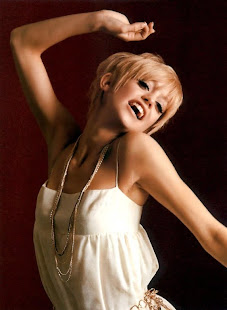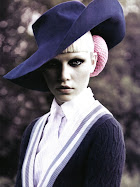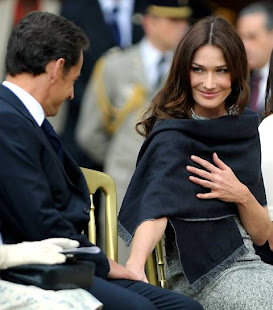Wabi-sabi (侘寂) is a comprehensive world view or aesthetic, rooted in the acceptable of transience. Practiced by the ancient Japanese and Chinese (and now widely adopted in the West), the aesthetic is sometimes described as one of beauty that is "imperfect, impermanent, and incomplete".*
Characteristics of the wabi-sabi aesthetic include asymmetry, asperity, simplicity, modesty, intimacy, and the suggestion of natural processes.
I am very drawn to this aesthetic and without realizing that it had a name, I have practised it for years.
The modesty part - "not so much" (wink) but the other hallmarks are very dear to my heart and the objects and processes which surround me.

I simply adore imperfect metal, with dings and scratches, old paper and discarded objects which no longer serve their original purpose.










.bmp)


















































I am seeing beauty in all of these examples, despite the asymmetry.
ReplyDeleteSo, we're bucking the trend.
It's natural in humans to prefer symmetry, (if we're talking about faces anyway.)
Not that we were.
Oh, just tell me to shut up.
Hope you're feeling better x
We were talking about anything you wanted to talk about, it's always a joy talking to you and with you! I am feeling all better, thanks! oxox AJ
ReplyDeleteThat symmetry thing in faces..I heard or read that too. I too am drawn to a more asymmetrical look, design-wise, and firmly believe old crusty industrial finds mix well with anything. Thanks for teaching me the name of an aesthetic I already adore. Cannot get enough of the tarnished and tattered.
ReplyDeleteHey, Aurora....you put that quite well - "old crusty industrial finds" - love it!
ReplyDelete